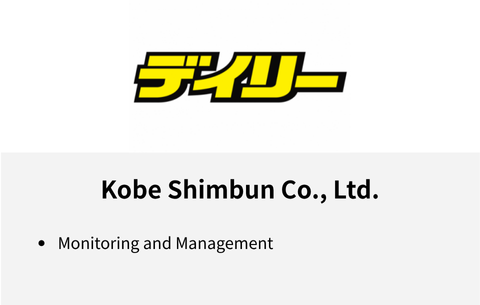Beware of the Latest Malware Attacks Using AI and YouTube! The Methods and How to Counteract Them!
- ca-member
- Oct 27, 2023
- 2 min read

Artificial Intelligence (AI) is now being utilized in various fields, and we often see its accomplishments on the news. While there are many advantages to this, there have been reports of cases where it has been used for fraud and other schemes.
In this article, I’m going to discuss malware attacks exploiting "YouTube," the world's most popular online video platform.
Please be wary of such attack tactics.
The methods of attacks using YouTube
The overall tactics can be summarized as follows:
Hack your YouTube channel.
Upload videos generated by AI.
Direct viewers to download links.
Infection occurs upon opening the downloaded file.
Let's delve deeper into each point.
Hacking your YouTube channel
Firstly, to upload videos, YouTube channel accounts are taken over through phishing scams or stealer logs.
If you search for "My YouTube channel" "hacked" on search engines or SNS, you will find numerous victims.

Channels that have been hacked, they range from some with as few as 22 subscribers to others with millions of subscribers. It doesn't always seem to be executed based on the number of subscribers, but channels with more subscribers can spread the malware more effectively and appear more trustworthy, hence posing a higher risk.
Most common account hijacking methods involve brute force attacks or phishing scams to obtain passwords. Using multi-factor authentication can effectively prevent unauthorized access. Moreover, it's important to maintain high internet literacy and avoid recklessly sharing information or clicking suspicious links on SNS.
Posting videos generated by AI
Recently, AI tools have emerged that can create videos from text and images, making video production easier.
These techniques are misused to create videos for YouTube, such as tutorials on how to download pirated versions of popular paid software and apps. By choosing popular services, the videos are more likely to appear in searches and attract attention.
Video thumbnails may also feature AI-extracted figures or popular characters to lure in viewers.
Directing to download sites
Links are provided in the video's description or comment section, guiding viewers to download sites. To make the links appear credible, bots are used to post numerous comments.

However, if you read the comments carefully, malicious videos often have repeated comments or odd sentences.
Not getting swayed by the number of likes or comments and thoroughly assessing the content can help prevent attacks.
Executing the file
Opening the downloaded file can lead to infections by "information-extraction" malware, which retrieves password or financial information. Recently, there have been cases where web browsing histories and SNS account details, or "information to identify an individual," are collected and transferred.
A momentary lapse of guard on the Internet can cause damage in real life, so please beware of suspicious websites and solicitations.
Summary
I introduced cases where AI is misused for malware attacks using YouTube videos.
To avoid such problems, I strongly recommend that you do not use illegal means when using the service, and download it from only the official site.
Thank you for reading.
Reference (In Japanese):
"Increase in cyber attacks using AI-generated YouTube videos for malware infection" [URL]
"Malware infection activity confirmed on YouTube channel with over 180,000 subscribers, reported by Kaspersky" [URL]
This blog post is translated from a blog post written by Narita on our Japanese website Beyond Co..




Comments